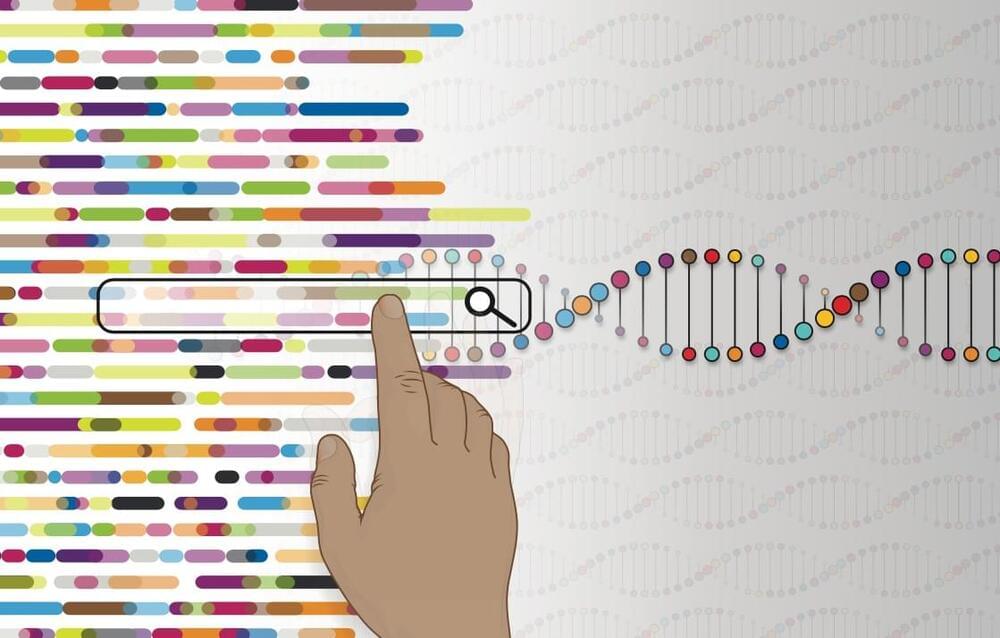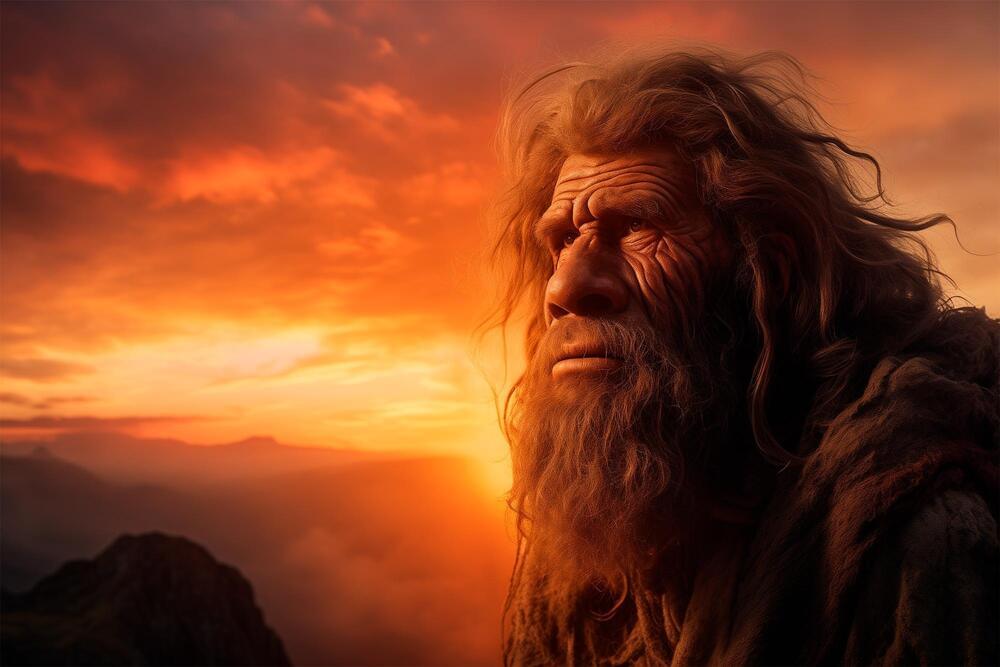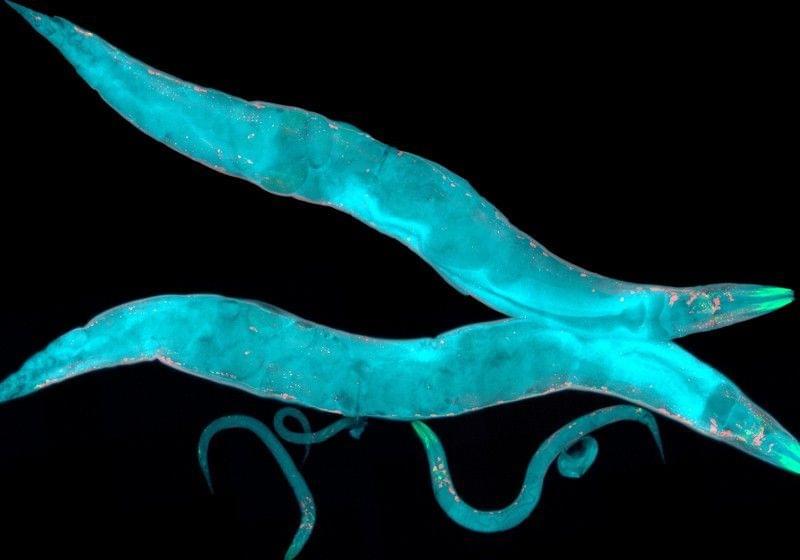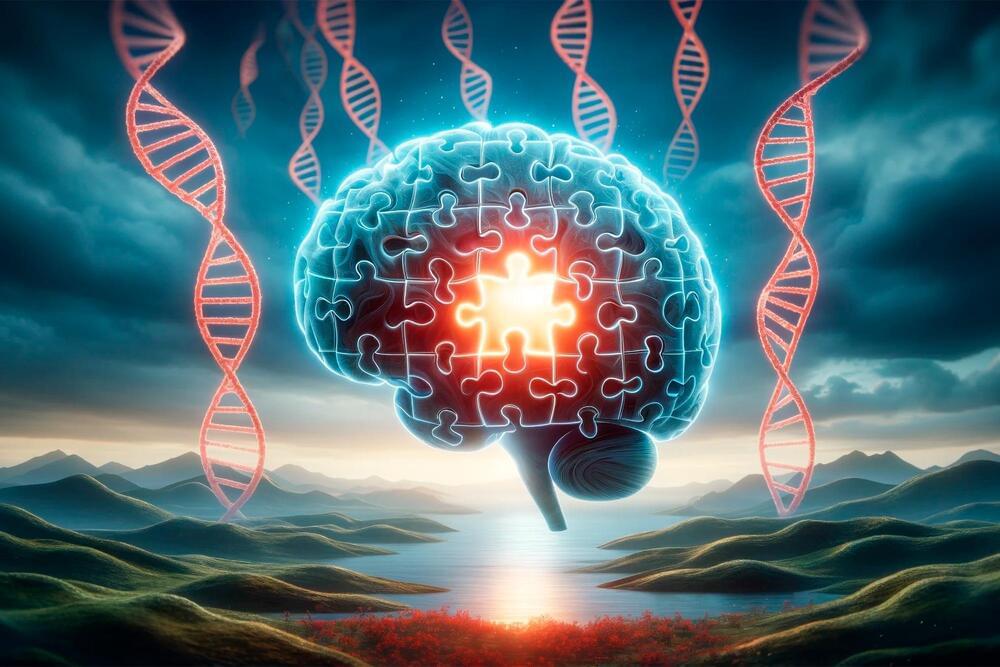The projects are poised to offer unprecedented insights into human genetic diversity and improve treatment of disease.



The CHOOSE system, an innovative approach combining brain organoids and genetics, transforms autism research by allowing detailed analysis of mutations and their effects on brain development.
Does the human brain have an Achilles heel that ultimately leads to Autism? With a revolutionizing novel system that combines brain organoid technology and intricate genetics, researchers can now comprehensively test the effect of multiple mutations in parallel and at a single-cell level within human brain organoids.
This technology, developed by researchers from the Knoblich group at the Institute of Molecular Biotechnology (IMBA) of the Austrian Academy of Sciences and the Treutlein group at ETH Zurich, permits the identification of vulnerable cell types and gene regulatory networks that underlie autism spectrum disorders. This innovative method offers unparalleled insight into one of the most complex disorders that challenge the human brain with implications that bring autism clinical research much-needed hope.

A new paper in the journal Genome Biology and Evolution, published by Oxford University Press, finds that genetic material from Neanderthal ancestors may have contributed to the propensity of some people today to be “early risers,” the sort of people who are more comfortable getting up and going to bed earlier.
Human Evolution and Genetic Adaptation
All anatomically modern humans trace their origin to Africa around 300 thousand years ago, where environmental factors shaped many of their biological features. Approximately seventy thousand years ago, the ancestors of modern Eurasian humans began to migrate out to Eurasia, where they encountered diverse new environments, including higher latitudes with greater seasonal variation in daylight and temperature.

The holiday season means presents galore — but in the case of at-home DNA tests, some gifts may be better left unopened.
As experts told USA Today, the prevalence of self-serve DNA testing has made it much more likely that people discover painful family secrets — for instance, that one or both of your parents are not your genetic relatives — upon getting their results.
For years now, we’ve come across reports about people learning of their parents’ affairs via DNA testing kits from companies like Ancestry or 23andme.

Robert Sapolsky is one of the world’s leading neuroscientists, with a focus on the physiological effects of stress. (For years, he spent his summers in Kenya, alone except for the baboons he was observing.) Steve asks Robert why we value human life over animals, why he’s lost faith in the criminal justice system, and how to look casual when you’re about to blow-dart a very large and potentially unhappy primate.\
\
This episode was originally published March 5, 2021.\
For a full transcript, resources, and more, visit: https://freak.ws/3WQAjmF\
\
ABOUT PEOPLE I (MOSTLY) ADMIRE:\
People I (Mostly) Admire is hosted by Steven Levitt, the unorthodox University of Chicago economist and co-author of the Freakonomics book series, who tracks down other high achievers and asks questions that only he would think to ask. Guests include all-time Jeopardy! champion (and now host) Ken Jennings, YouTube C.E.O. Susan Wojcicki, W.N.B.A. champion Sue Bird, Operation Warp Speed chief Moncef Slaoui, and neuroscientist/actress (also now Jeopardy! host) Mayim Bialik. Winner of Adweek‘s 2021 Best Interview Podcast of the Year.\
\
SUBSCRIBE TO PEOPLE I (MOSTLY) ADMIRE:\
YouTube: https://freak.ws/3yIl6dl\
Stitcher: https://freak.ws/3ENOP8v\
Apple Podcasts: https://freak.ws/3ELfGST\
Spotify: https://freak.ws/3D6uqKV\
\
ABOUT FREAKONOMICS RADIO NETWORK:\
Freakonomics began as a book, which led to a blog, a documentary film, more books, a pair of pants, and in 2010, a podcast called Freakonomics Radio. Hosted by Stephen J. Dubner, it’s one of the most popular podcasts in the world, with a reputation for storytelling that is both rigorous and entertaining. Its archive of more than 500 episodes is available, for free, on any podcast app, and the show airs weekly on NPR stations. Freakonomics Radio is now the flagship show of the Freakonomics Radio Network, which includes the podcasts No Stupid Questions (est. 2020), People I (Mostly) Admire (2020), and Freakonomics, M.D. (2021). \
\
FREAKONOMICS RADIO NETWORK PODCASTS:\
Freakonomics Radio: https://freakonomics.com/series/freak…\
No Stupid Questions: https://freakonomics.com/series/nsq/\
People I (Mostly) Admire: https://freakonomics.com/series/peopl…\
Freakonomics, M.D.: https://freakonomics.com/series/bapu/\
Special series: https://freakonomics.com/topics/\
\
00:00 Robert Sapolsky bio\
01:37 Baboon research in Kenya\
3:03 Baboon social rank and health\
4:14 Blow-dart sedation challenges\
7:40 Why human and animal stress are similar\
11:09 Why Sapolsky only studied male baboons\
12:42 Affiliation vs. rank in baboons\
14:08 Tragic end of research with first baboon troop\
17:38 Why humans prioritize human lives\
19:25 How humans prioritize pets\
19:47 Prioritization of tigers in India\
21:00 Harambe the gorilla\
22:19 Chronic stress research\
25:08 Ways to respond to stress\
26:00 Genetic influence on stress\
26:45 ACE score to quantify stress\
28:49 Addressing PTSD to reduce crime\
29:35 Behave-Sapolsky book on violence\
29:56 Free will and violence\
30:35 Abolishment of criminal justice system\
30:54 The frontal cortex and impulse control\
31:31 Frontal cortex trauma in death row inmates\
32:29 Purposes of punishment\
32:46 Retribution\
32:59 Incapacitation and deterrence\
33:35 Quarantine model of punishment\
34:10 “Biological luck” in blame and reward\
34:51 Epilepsy, schizophrenia, and dyslexia misunderstood\
37:06 How to be a better storyteller.

Breaking link between early, late stages of disease may prevent dementia.
Alzheimer’s disease has plagued one large Colombian family for generations, striking down half of its members in the prime of life. But one member of that family evaded what had seemed would be fate: Despite inheriting the genetic defect that caused her relatives to develop dementia in their 40s, she stayed cognitively healthy into her 70s.
Study Reveals Protective Gene Mutation
The Genetic Revolution is a compelling science documentary that invites viewers into the groundbreaking world of DNA manipulation and genetic engineering. This intriguing documentary showcases the innovative science behind genetic modifications and chronicles a diverse team of scientists from around the world as they utilize advanced DNA editing technologies like CRISPR in ways previously deemed unthinkable.\
With its exploration into the rapidly evolving science of DNA editing, \.

Primates are among the most intelligent creatures with distinct cognitive abilities. Their brains are relatively large in relation to their body stature and have a complex structure. However, how the brain has developed over the course of evolution and which genes are responsible for the high cognitive abilities is still largely unclear. The better our understanding of the role of genes in brain development, the more likely it will be that we will be able to develop treatments for serious brain diseases.
Researchers are approaching these questions by knocking out or activating individual genes and thus drawing conclusions about their role in brain development. To avoid animal experiments as far as possible, brain organoids are used as an alternative. These three-dimensional cell structures, which are only a few millimeters in size, reflect different stages of brain development and can be genetically modified. However, such modifications are usually very complex, lengthy and costly.
Researchers at the German Primate Center (DPZ)—Leibniz Institute for Primate Research in Göttingen have now succeeded in genetically manipulating brain organoids quickly and effectively. The procedure requires only a few days instead of the usual several months and can be used for organoids of different primate species. The brain organoids thus enable comparative studies of the function of genes at early stages of brain development in primates and help to better understand neurological diseases.
Full Video of the NeuroTechnolgy Center at Columbia University’s Optogenetics 2020 WebinarQ&A Transcript: tinyurl.com/yajfeozsTable of Contents:00:00:00 — In…